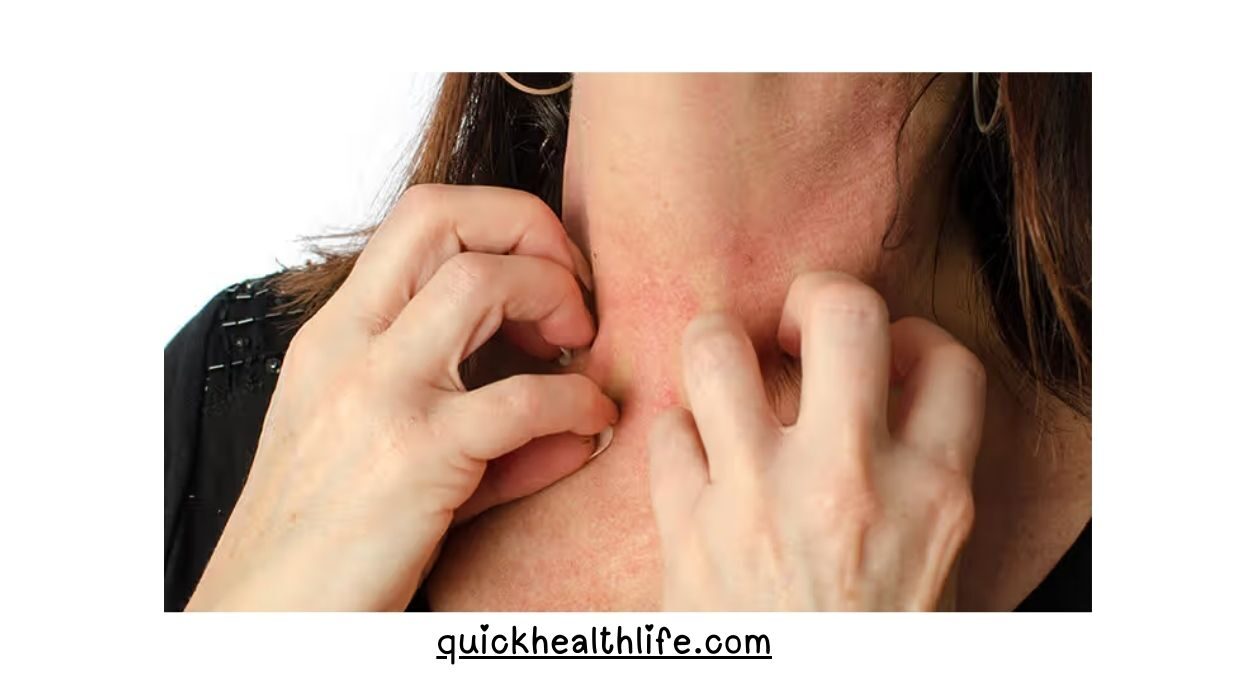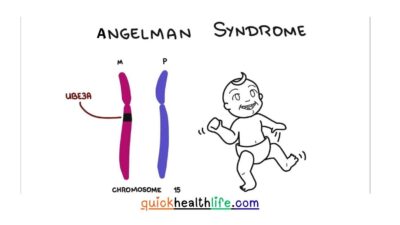What is Anaphylaxis?
Anaphylaxis is a serious and life-threatening allergic reaction that can happen within minutes of exposure to an allergen. It affects multiple body systems, including the immune system, respiratory system, cardiovascular system, and skin.
If not treated quickly, anaphylaxis can lead to anaphylactic shock, unconsciousness, and even death. That’s why awareness, quick diagnosis, and proper treatment are very important.
Table of Contents
What Happens to the Body During Anaphylaxis?
When someone with an allergy is exposed to a trigger (allergen), the immune system overreacts. This causes the body to release chemicals like histamine, which lead to:
- Swelling in the airways and throat
- Sudden drop in blood pressure
- Difficulty in breathing
- Rapid changes in heart rate
These changes happen very quickly and can become fatal if not managed immediately.
The 4 Stages of Anaphylaxis
Understanding the stages helps in identifying the condition early:
- Mild (Early Signs)
- Itching, skin redness, hives
- Tingling lips or tongue
- Moderate
- Swelling of lips, eyes, or throat
- Shortness of breath
- Abdominal pain, nausea
- Severe
- Drop in blood pressure
- Dizziness, fainting
- Wheezing, chest tightness
- Anaphylactic Shock
- Loss of consciousness
- Severe breathing problems
- Risk of cardiac arrest
Read More: Alkaptonuria Symptoms, Causes, Diagnosis, Treatment & FAQ
Symptoms of Anaphylaxis
Anaphylaxis symptoms can appear within seconds to minutes. Some common signs include:
- Skin Symptoms: hives, itching, flushing
- Breathing Issues: wheezing, coughing, throat tightness
- Gastrointestinal Problems: nausea, vomiting, diarrhea
- Heart & Circulation: rapid pulse, low blood pressure, fainting
- Neurological Symptoms: dizziness, confusion, loss of consciousness
Anaphylaxis vs. Allergic Reaction:
Many people confuse anaphylaxis with a normal allergic reaction. Here’s the difference:
| Feature | Allergic Reaction | Anaphylaxis |
|---|---|---|
| Severity | Usually mild to moderate | Severe & life-threatening |
| Symptoms | Local itching, rash, mild swelling | Whole-body reaction (airways, heart, skin, stomach) |
| Onset | Gradual | Rapid (within minutes) |
| Risk | Rarely fatal | Can be fatal if untreated |
| Treatment | Antihistamines | Immediate epinephrine injection |
Read More: Alzheimer’s Disease: Symptoms, Causes, Diagnosis, Treatment, and Prevention
Causes of Anaphylaxis
Anaphylaxis can be caused by various allergens, such as:
- Foods – peanuts, tree nuts, shellfish, milk, eggs, soy, wheat
- Medications – antibiotics (penicillin), aspirin, NSAIDs, chemotherapy drugs
- Insect Stings – bees, wasps, hornets
- Latex – rubber gloves, balloons, medical equipment
- Exercise-Induced – rare, but can happen after physical activity
- Unknown Causes (Idiopathic Anaphylaxis) – sometimes no clear trigger is found
Anaphylaxis is Caused by What Body System?
Anaphylaxis is mainly a reaction of the immune system. The body mistakenly sees harmless substances as dangerous and releases histamine and other chemicals. These chemicals affect:
- Immune System (overreaction)
- Respiratory System (airway blockage)
- Cardiovascular System (low blood pressure, shock)
- Skin (rashes, itching, swelling)
Read More: Alcohol Misuse: Risks, Treatment, Symptoms, Types, Causes
Diagnosis of Anaphylaxis
Doctors usually diagnose anaphylaxis based on symptoms and medical history. Some diagnostic methods include:
- Physical Examination (checking swelling, breathing, blood pressure)
- Allergy Tests (skin prick test, blood test)
- Detailed Medical History (to identify triggers)
Treatment of Anaphylaxis
1. Emergency First Aid
- Inject Epinephrine (Adrenaline) immediately using an auto-injector (EpiPen).
- Call emergency services (ambulance).
- Lay the person on their back, raise their legs to improve blood flow.
- Loosen tight clothing and keep them calm.
2. Hospital Care
- Oxygen support
- IV fluids to maintain blood pressure
- Antihistamines & corticosteroids to reduce swelling
- Close monitoring for recurrence
Can I Die in Sleep from Anaphylaxis?
Yes, if anaphylaxis occurs during sleep and treatment is delayed, it can be fatal. People with severe allergies should:
- Always keep an EpiPen nearby.
- Inform family members.
- Use a medical ID bracelet.
Prevention of Anaphylaxis
- Identify and avoid allergens.
- Always carry an epinephrine auto-injector.
- Educate friends, family, and coworkers about your allergy.
- Wear a medical alert bracelet.
- Take anaphylaxis training to handle emergencies.
Anaphylaxis Training
Anaphylaxis training helps individuals, parents, teachers, and healthcare workers recognize symptoms early and provide life-saving treatment. It usually includes:
- How to identify early warning signs
- How to use an EpiPen correctly
- When to seek emergency help
- Preventive measures to avoid triggers
Cost of Anaphylaxis Treatment
- Epinephrine Auto-Injector (EpiPen): ₹3,000 – ₹6,000 (in India), $100 – $300 (US)
- Hospital Emergency Care: depends on severity, ranges ₹10,000 – ₹50,000 in India
- Allergy Tests: ₹1,000 – ₹10,000
FAQs About Anaphylaxis
Q1. What are the basic signs of anaphylaxis?
Swelling, difficulty breathing, dizziness, hives, and low blood pressure.
Q2. Is anaphylaxis curable?
It is not “curable,” but it can be managed and prevented with proper care.
Q3. How fast does anaphylaxis happen?
Within seconds to minutes after exposure.
Q4. What should I do if I don’t have an EpiPen?
Call emergency services, stay calm, and lie down. Hospitals can give adrenaline shots.
Q5. Can children get anaphylaxis?
Yes, children are at risk, especially from food allergies like milk, peanuts, and eggs.



